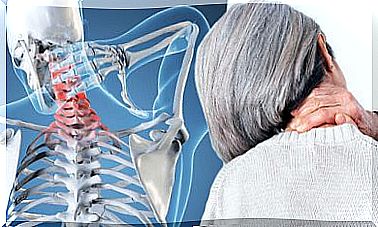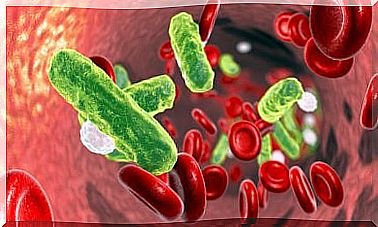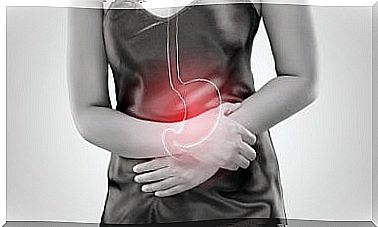Treatments And Prevention Of Actinomycosis
Actinomycosis is a chronic bacterial infection that commonly affects the face and neck. It usually does not cause disease and is not contagious.
Actinomycosis is usually caused by a bacteria called Actinomyces israelii. It is a common organism that is normally found in the nose and throat.
When it enters facial tissues through trauma, surgery, or infection, the bacteria cause an abscess and produce a hard, deep red to purple-red lump. It often occurs with dental abscesses or oral surgery.
Actinomycosis most commonly affects the face and neck ; however, the infection can sometimes also occur in the chest, abdomen, pelvis, or other areas of the body.
On the other hand, the infection can also affect certain women who have had an intrauterine device (IUD) to prevent pregnancy.
Types of actinomycosis
Actinomycosis occurs more frequently in adult men and can manifest itself in several ways:
- Cervicofacial: presents with jaw swelling. The most common origin is usually dental caries.
- Thoracic: lung disease is secondary to aspiration of mouth secretions.
- Abdominal: it can be due to the rupture of the mucosa of a diverticulum or the appendix, or also to trauma.
- Uterine: appears in women who have an IUD. Its symptoms are vaginal discharge and pelvic or hypogastric pain.
- Generalized: The infection spreads through the bloodstream to many areas of the body. Various symptoms may appear such as back pain, headache or abdominal pain.
Diagnosis
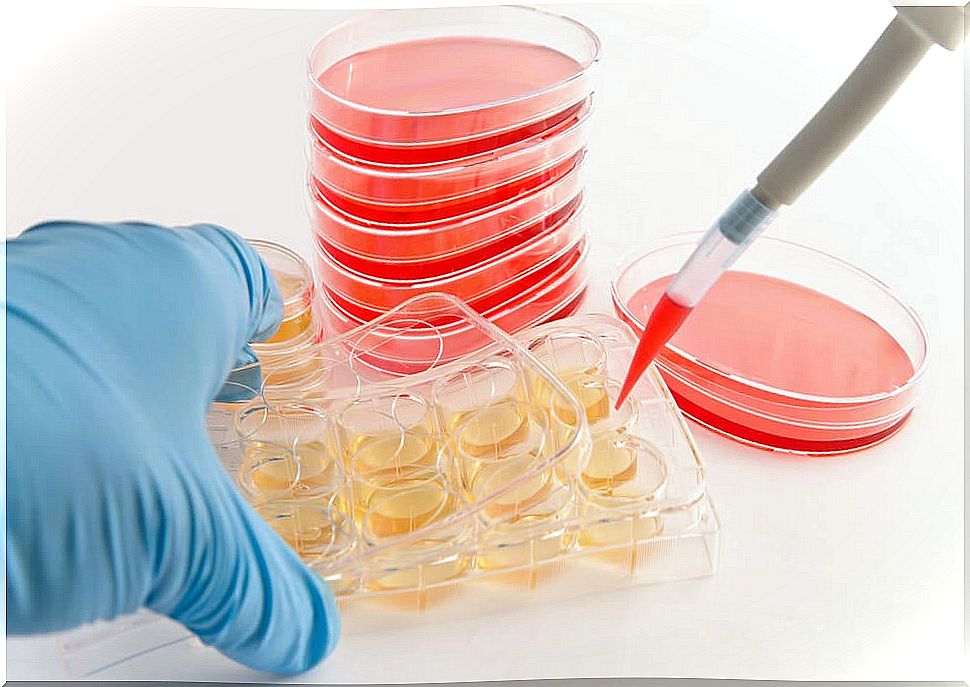
The diagnosis is confirmed by the identification of A. israelii by microscopy and culture of sputum, pus, or a biopsy. Imaging is often done based on the results.
The lesions can simulate malignant proliferations. Lung lesions must be distinguished from tuberculosis and cancer. Most abdominal injuries are difficult to diagnose, except by laparotomy.
The disease progresses slowly. The prognosis is directly related to early diagnosis. In addition, the prognosis is more favorable in the cervicofacial form.
However, actinomycosis progressively worsens in the thoracic, abdominal, and generalized forms, especially if it affects the central nervous system.
Actinomycosis treatment
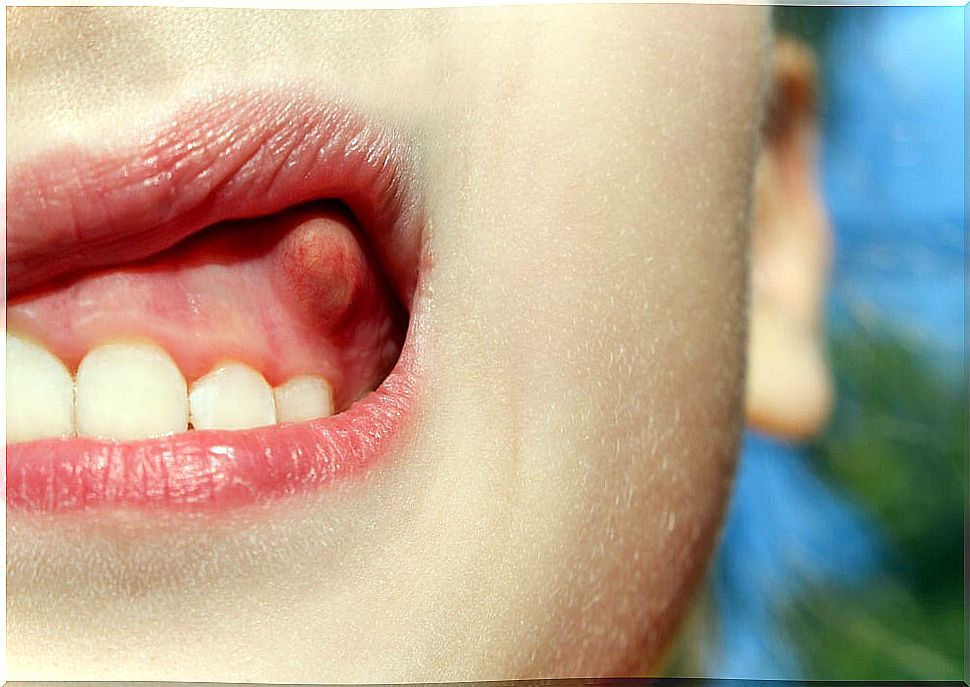
The treatment of actinomycosis can be pharmacological and surgical:
Pharmacotherapy
Treatment of actinomycosis generally requires antibiotics for several months, even up to a year.
The first choice antibiotics are:
- Penicillin-type beta – lactam antibiotics, either parenterally or orally. However, in allergic patients you can use:
- Macrolides: erythromycin and azithromycin.
- Lincosamines: clindamycin or lincomycin.
- Tetracyclines.
The duration of antibiotic treatment should be prolonged from 2 to 6 weeks. However, in the first days it can be parenteral and later switch to the oral route, depending on the evolution. In some cases, there may be oral treatments for more than 12 months.
The recommended Penicillin G dose is 20 million units in 24 hours. In cases of suspected infections, the use of antibiotics is not recommended until a sample is obtained for the purpose of isolating the causative agent. Intravenous therapy is recommended for patients with more severe disease.
Surgical treatment
For women with gynecologic or pelvic actinomycosis, surgical treatment consists of treating obstructive symptoms. For this, a drain is made at the site of its location.
In addition, the treatment of obstructive complications must be followed by antibiotic treatment for a long time. This is to avoid serious complications of the disease.
In cases of thoracic actinomycosis, drainage is performed and obstructive complications are treated, followed by antibiotics. Bronchoscopic removal of the foreign body is effective in all cases.



